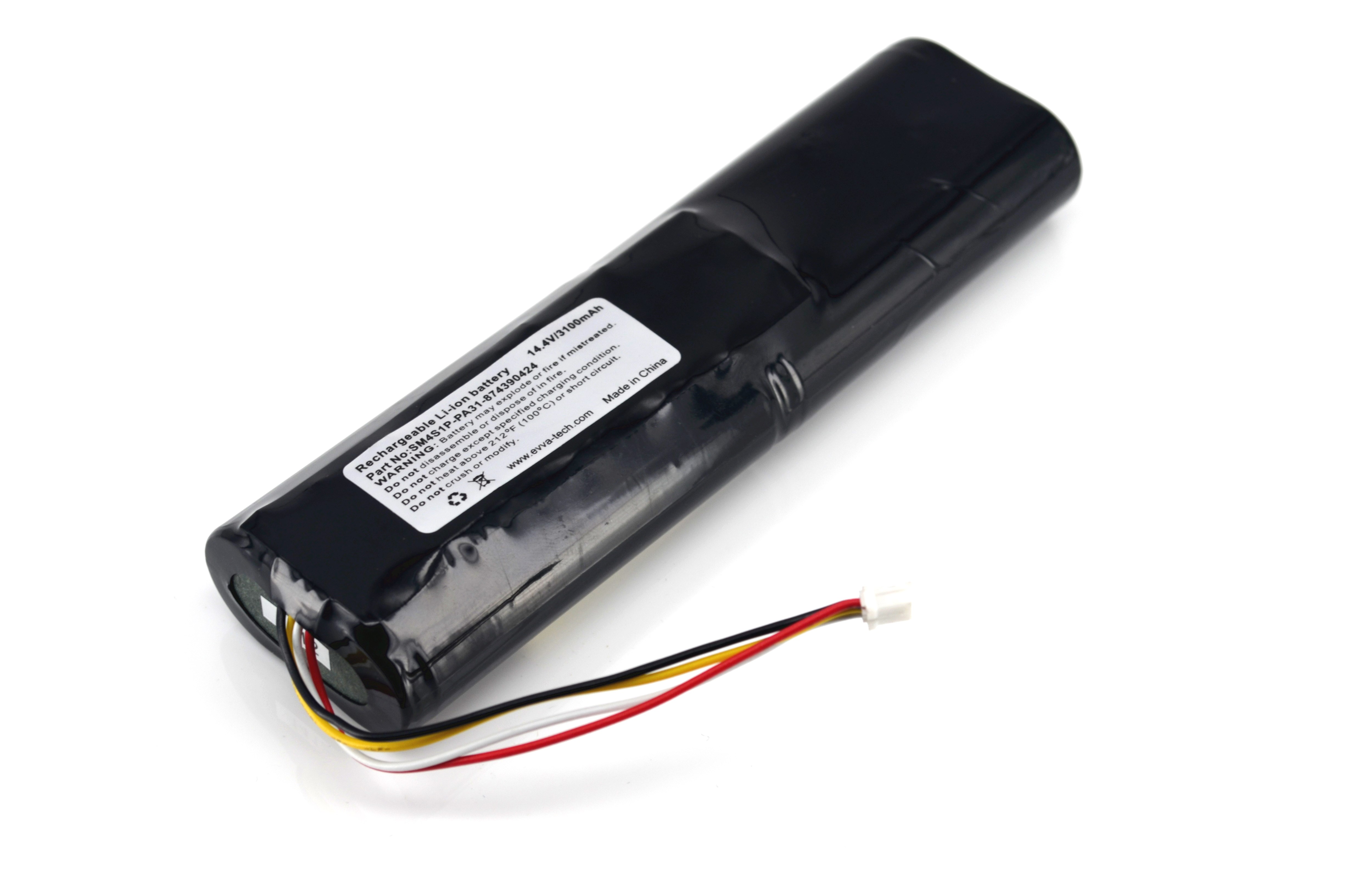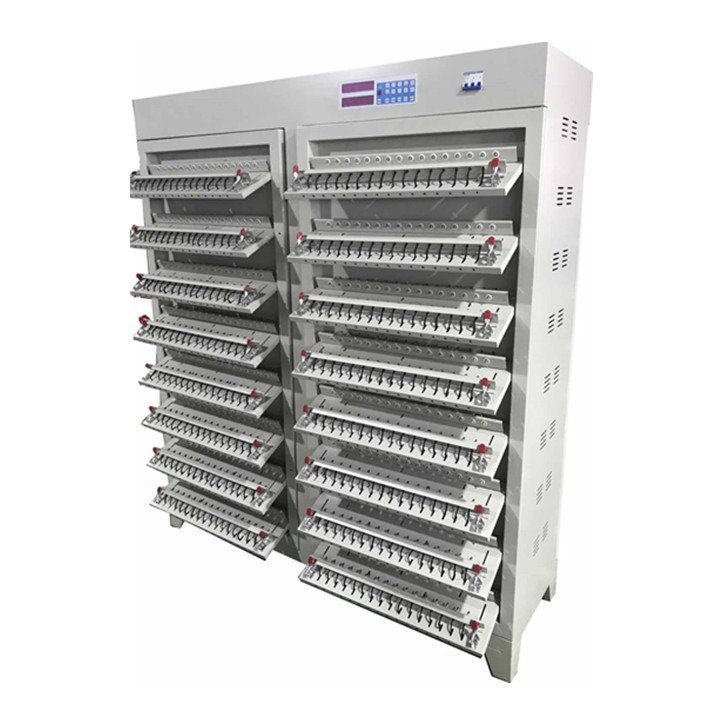

IR drop – The drop in cell voltage due to the current flowing across the battery’s internal resistance.The drop in Vt is related to several factors, primarily: During discharge, batteries experience a drop in Vt. The amount of energy that a battery can supply, corresponding to the area under the discharge curve, is strongly related to operating conditions such as the C-rate and operating temperature. State of Health (SoH) of a battery measures the percentage of useful life remaining before the battery reaches EoL.īattery discharge curves are based on battery polarization that occurs during discharge.Energy throughput quantifies the total amount of energy a battery is expected to handle during its life, for example, 30MWh, based on specific operating conditions.Power fading is based on a given percentage drop in the battery’s maximum power compared to the rated power, also under specified conditions.Capacity fading is based on a given percentage drop in the battery capacity compared to its rated capacity under specified conditions.End of Life (EoL) of a battery is reached when the battery cannot perform according to its predefined minimum specifications.Cycle Life is the number of available cycles before a battery reaches the end of its useful life.Depth of Discharge (DoD) is the complement of SoC and measures the battery capacity percentage that has already been discharged DoD = 100 – SoC.When SoC reaches zero and Vt reaches Vco, there may be charge remaining in the battery, but the battery cannot be further discharged without experiencing some damage and impaired capacity in the future. State-of-Charge (SoC) quantifies the remaining battery capacity as a percentage of maximum capacity.

The use of high C-rates typically reduces available battery capacity and can cause damage to the battery. At a discharge rate of 0.5C, a battery will be fully discharged in 2 hours. For example, a 1C rate will fully charge or discharge a battery in 1 hour. Charge Rate (C‐rate) is the rate of charge or discharge of a battery relative to its rated capacity.Capacity measures the total amp-hours (AH) that can be drawn from a battery in a fully charged state until Vt reaches Vco.

While there is usually charge remaining, operation at voltages lower than Vco can damage the battery.


 0 kommentar(er)
0 kommentar(er)
